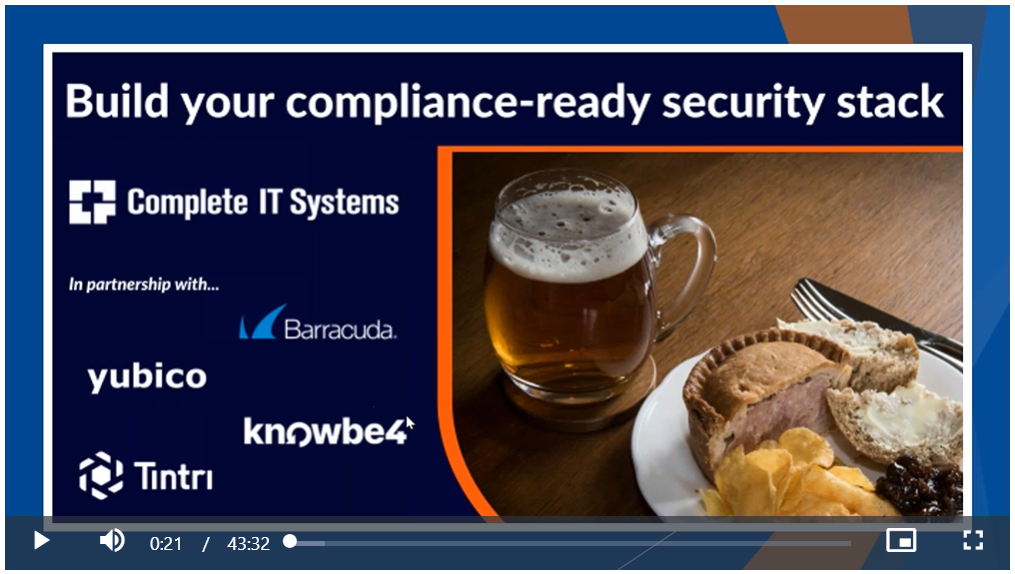Droplet Computing greatly simplifies and reduces the cost of delivering applications across organisations. It also helps to understand how many applications are being maintained, and how many are actually being used.
Droplet Computing is all about providing flexibility to the end user and delivering a solution that is scalable but remains within a tight budget. Droplet Computing can achieve this in two important ways:
- Hardware – Droplet Computing containers can be delivered to multiple platforms. For example, a Chrome book can run Windows applications deployed via the container, with the clear advantage being cost.
- Applications – Droplet Computing can deliver applications across devices, reducing the cost of desktop management and increasing access to resources in a secure and configurable format.
Deliver legacy application securely
Organisations are able to securely deploy legacy apps to modern platforms therefore reducing the amount of time required for patching and migration tasks. This approach enables migration of mission-critical apps to new operating systems and devices using Droplet Computing containers, which are unaffected by changes to the underlying device OS. Vulnerabilities are removed by applying patches without the need for regression testing safe in the knowledge that the underlying device will not be affected. To that end the container has been fully penetration tested by NCC Group and was found to be completely secure.
Apps running in a Droplet Computing container are invisible to the host operating system so no longer present an attack surface. Your data can be secured in the container using enterprise-grade encryption and admins can set policy on where data is sycnchronised to when online – whether using a cloud-based storage platform, or a corporate file server.
Reduce the cost of infrastructure
Droplet Computing containers run locally on the endpoint device, whether that’s a Windows, Mac, or Linux device. This means there is no large-scale datacenter hardware overhead required, no complex VDI infrastructure required, and no bandwidth or latency limitations, all dramatically reducing the cost of hardware acquisition and management. All you need is a file share to store containers centrally, and a delivery engine to deliver them to the end users. The rest is all device-based. After all, the end user device of today is more than powerful enough, so why deploy two sets of hardware?
Embrace multi-platform devices with confidence
On top of this, Droplet Computing containers can run across platform devices, meaning you can run apps that were designed for the Windows operating system on other platforms, such as macOS or Linux. Even different device chipsets are supported meaning you can deliver applications without device limitations. Particularity useful for those older applications you want to run on modern hardware devices.
Find out more
To see how Droplet Computing containers can help transform the way you deliver applications today, contact us for a free trial, or demonstration and redefine your application delivery. You can also check out this short video.




